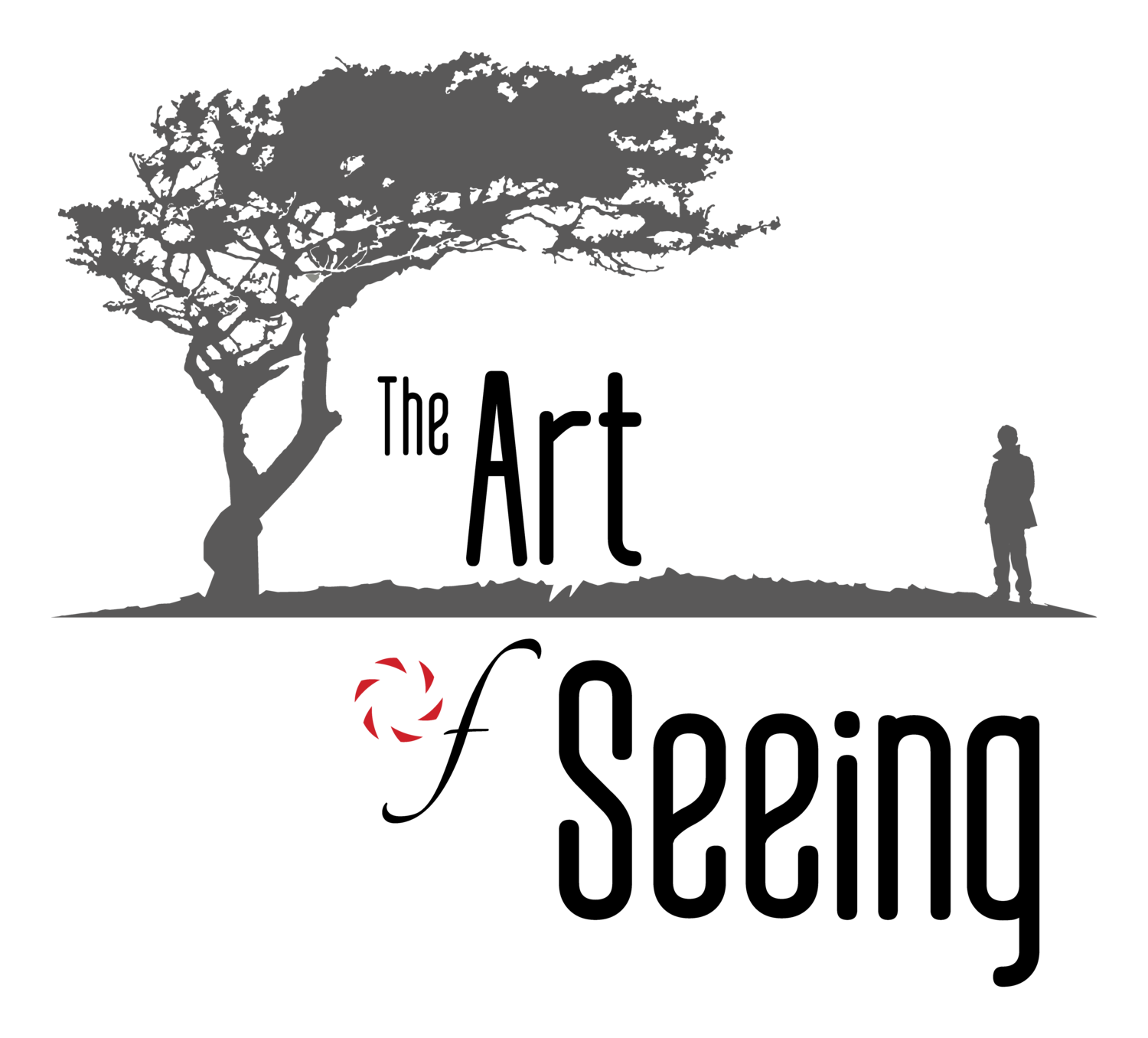Photo Tip: Use Fuzzy Logic for Sharper Compositons
It’s pretty much an automatic reflex with most photographers to press the shutter button halfway to activate the autofocus as soon as they put their eye to the viewfinder. And why not, what’s the value of looking at a blurry image? Well, there’s a lot of value I think. In fact, I would say that at this point I do the majority of my composing looking at an out of focus image. As counterintuitive as it might seem this practice really helps me ‘see’ compositions much more clearly. When you look at a blurry image all you can really make out are the major shapes and tones in the frame, which are exactly the elements you want to work with when composing a picture.This technique confounds your left brain’s pesky tendency to suck you into the details and lose sight of the big picture.
In my next post I’ll be writing in depth about the workings of our left and right brain hemispheres. Suffice it to say for now that our left-brain is in love with details, instantly naming and categorizing everything it ‘sees’. Unfortunately, this gets in the way of actually seeing the things we are looking at. You need to be in right brain mode when composing images and looking at a fuzzy scene helps you make that switch. That’s because an out of focus image makes no sense to the left brain – it can’t deal with it. It can’t name its components, there’s nothing to categorize. I like to imagine that the left brain looks at the blurry picture, throws up its hands and walks away.
So next time you are composing a shot, keep your finger off that shutter button. You may even have to manually throw the image more out of focus. Then look at the amorphous shapes and tones in your frame and start making adjustments– there are no rules for this, you just have to try things until it starts to feel right. I know that’s really vague but all I can say is that a good composition feels pleasing visually and balanced while a poor composition does not. Using a tripod is a huge help when you are working this way because it allows you to make small adjustments, then evaluate, then adjust until it ‘works’.
This method is really a corollary to my previous photo tip about looking at small images when shooting or editing to get a better sense of the overall composition, what I call the ‘shape’ of the picture. It’sjust another way of tricking the left brain into stepping aside and letting the right brain do its thing.
I’d love to know what you think about this photo tip. If you found it helpful, you can subscribe to future tips & posts about the Art of Seeing on my homepage.
Good shooting,
-Ken

